|
Hello! My name is Joyce Chen. I recently joined the Learning to See project, and one of my tasks has been to design exercise to explore what the macroinvertebrates.org homepage might look like using a Zoomable User Interface (ZUI) approach. The idea was to create a large-scale Gigapan that would incorporate all of the different orders in the collection. The homepage would mimic a larger draw or musuem collection of insects. This also let's us see overall scope and scale of the collection based on the 150 taxa we plan to represent. We recognize many usability issues with this approach, but think it provides some interesting points for team discussion. To get more familiar with the project and the collection size, I started by simply organizing the different genera and families within each order. My goal was to better understand the distribution of information, particularly the different order and family sizes. By re-formatting the spreadsheet as shown, I was able to get a much better sense of the sizes of different groups. In addition, I took a quick count of the total number of orders, families, and genera. After these initial steps, I moved on to the layout of the potential homepage gigapan. For my first version, I focused on 15 orders. I presented these in a 4x4 grid, with each order appearing as a square. Within each square, I included gigapans of 4 families within the order (fewer if less than 4 families/pictures available). I grouped the grid so that the Insecta orders were adjacent to each other and took up the central portion of the screen. On the perimeter of the Insecta group, I placed the smaller classes (Arachnida, Bivalvia, etc.). A small view of the Gigapan is shown below, and the full resolution image can be found at: http://www.gigapan.com/gigapans/3207a47d1c28943264442d96a541c138. Additionally, I created another mockup which represented all of the different families for each order. Since some orders were much larger than others, this did not create a perfectly even 4x4 grid system. However, I tried to maintain an overall order that would allow users to easily navigate. This mockup can be found at http://www.gigapan.com/gigapans/6d78f8a2794618fd8fd01f41ca84897a.
Within the Coleoptera order, there were many genera that had separate information for adult and larval forms. After consulting some existing field guides and discussing with Maddie and Dr. Morse, I decided to split the order into 2 groups for future versions of this design. This was done in order to improve clarity for volunteers on the website, since the adult and larval forms have very different characters. I also revised these initial attempts by incorporating all of the orders in the collection. Since some of the orders only have one or two specimen, I grouped different orders together by classes and phyla. I still aimed to focus attention on the class Insecta (and especially the phylum Arthropoda), so I put the other three phyla on the right-most edge of the Gigapan. The 4x4 grid is linked here: http://www.gigapan.com/gigapans/dff36941681925114d70ce6a871f2077 The organized rectangle layout can be viewed below, or at full resolution on the Gigapan website: http://www.gigapan.com/gigapans/5bcd13ccde5ffe7dc3efac7da5bee6ea In our May project advisory workshop and design charrette, one of the discussion areas we wanted to better understand was the actual use of volunteer date in state water monitoring programs. Julie Vastine, one of our project co-design partners and director for the Alliance for Aquatic Resource Monitoring (ALLARM) alerted us to an upcoming June webinar that that was going to be hosted on this topic as part of the National Water Quality Monitoring Council's (NWQMC) webinar series. The webinar information and key slides follow. 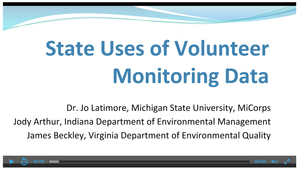 State Uses of Volunteer Monitoring Data Webinar Presented by: • Jody Arthur, Indiana Department of Environmental Management • James Beckley, Virginia Department of Environmental Quality • Jo Latimore, Michigan State University, MiCorps Moderated by: Julie Vastine, Alliance for Aquatic Resource Monitoring Volunteer monitoring data is used in many ways. Communities often use data at the local level to identify sites for restoration or screen sites for potential pollution. Environmental groups might use volunteer monitoring data to increase awareness about issues of concern. But what about state agencies? How do they use volunteer data to help inform their decision-making processes and answer questions about how to best manage our water resources? This webinar will explore how three states – Indiana, Michigan, and Virginia – use volunteer data and discuss the key building blocks to facilitate the broader use of this data. Webinar Video Link: Several of our team members attended this virtual webinar to better understand the pioneering use of citizen collected data by state agencies. Two slides of particular interest to our project described the ways in which state agencies create "fit for use" applications.
These tiered or leveled date use criteria outline the various ways volunteer data collected under varying quality assurance regimes can be used effectively to support state monitoring and outreach goals. By Nick Addison, Clemson University, NSF Research Experience for Undergraduates (REU) fellow
For this project my main tasks were to sort through insect specimens at Clemson University Arthropod Collection (CUAC), selecting the best preserved individuals, databasing them and then shipping them to our partner at the Carnegie Museum of Natural History's Powdermill Nature Reserve for the high-resolution "gigamacro" photo imaging. In some instances the photography did not highlight specific diagnostic features of the macroinvertebrate sufficiently, in which case I would create supplementary images using focal z-stacking to create a high resolution image.. Some examples of the features I photographed include the antenna of an adult Helichus, the spoon shaped labium and elevated condition of the eyes on Libullula, and the tiny spines on the ventral, concave margin of an anal claw of Neureclipsis just to name a few. Examples below. by Morgan Summerlin, an undergraduate art student at Clemson University, and NSF Research Experience for Undergraduates (REU) fellow
For the macroinvertebrates.org project, I have been creating order-level arthropod illustrations. A few months and several illustrations later, I have developed a great respect for the knowledge of entomologists and scientific illustrators. I have learned a great deal about how to use Adobe programs, standard formatting for professional illustrations, and even insect taxonomy and identification. Most importantly, I have learned to view specimens with a precise eye, because no detail is too tiny to omit in an illustration! Below are some examples of my most recent work. |
Project TeamAn interdisciplinary team Categories
All
Archives
June 2023
|

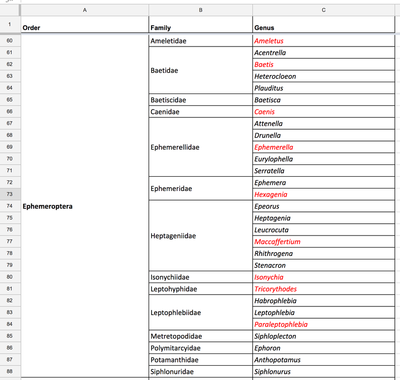
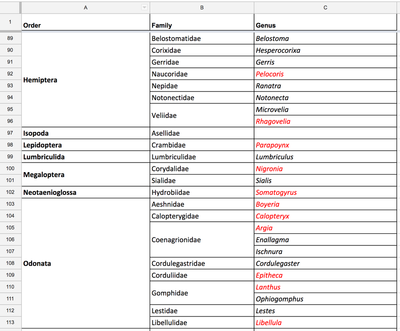
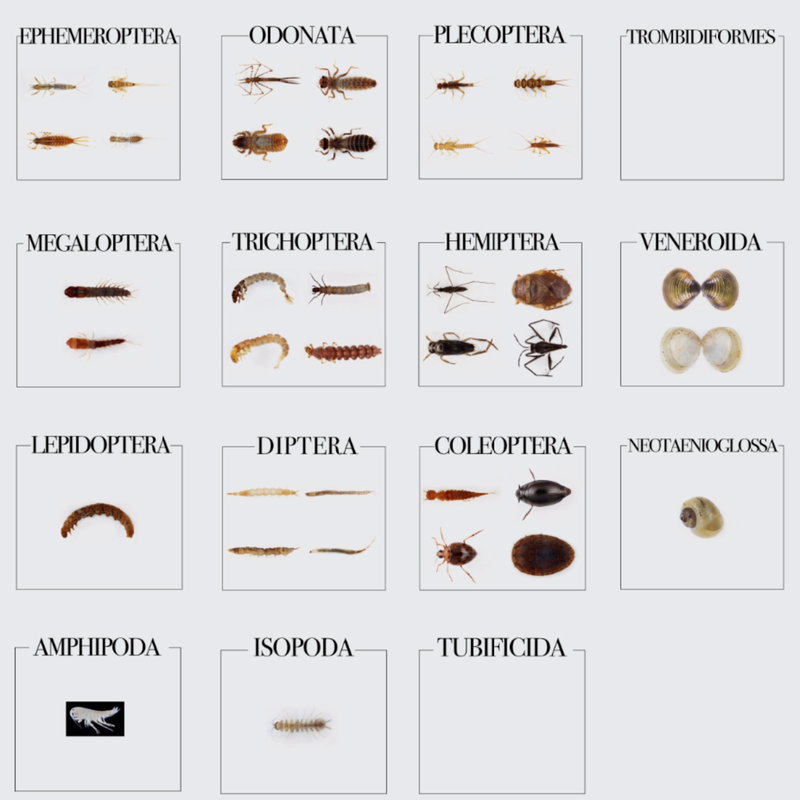
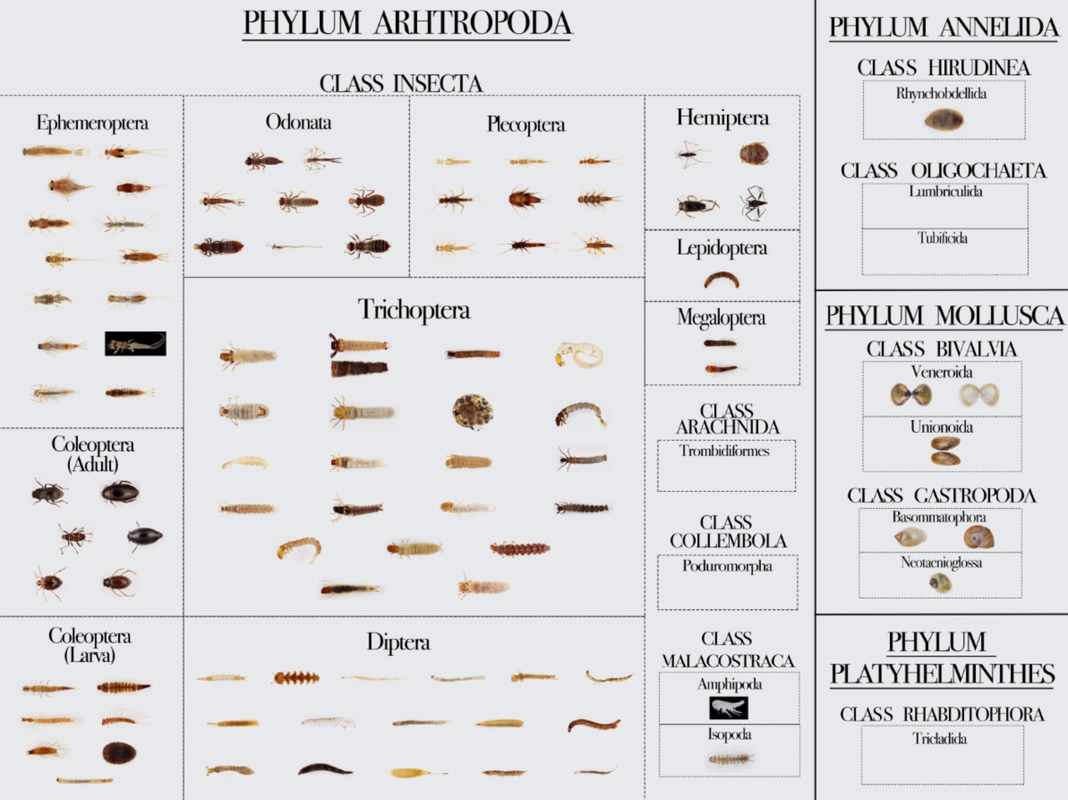

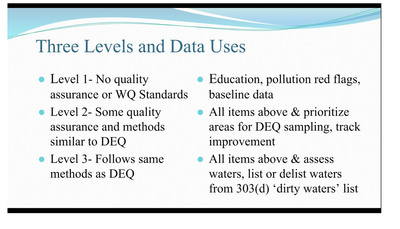
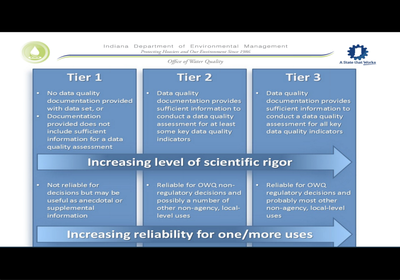
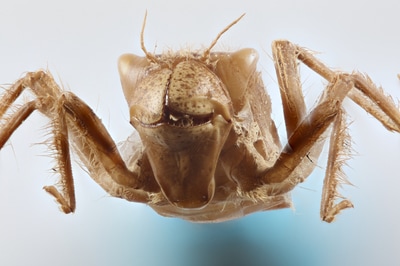
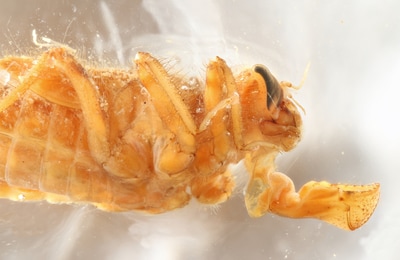

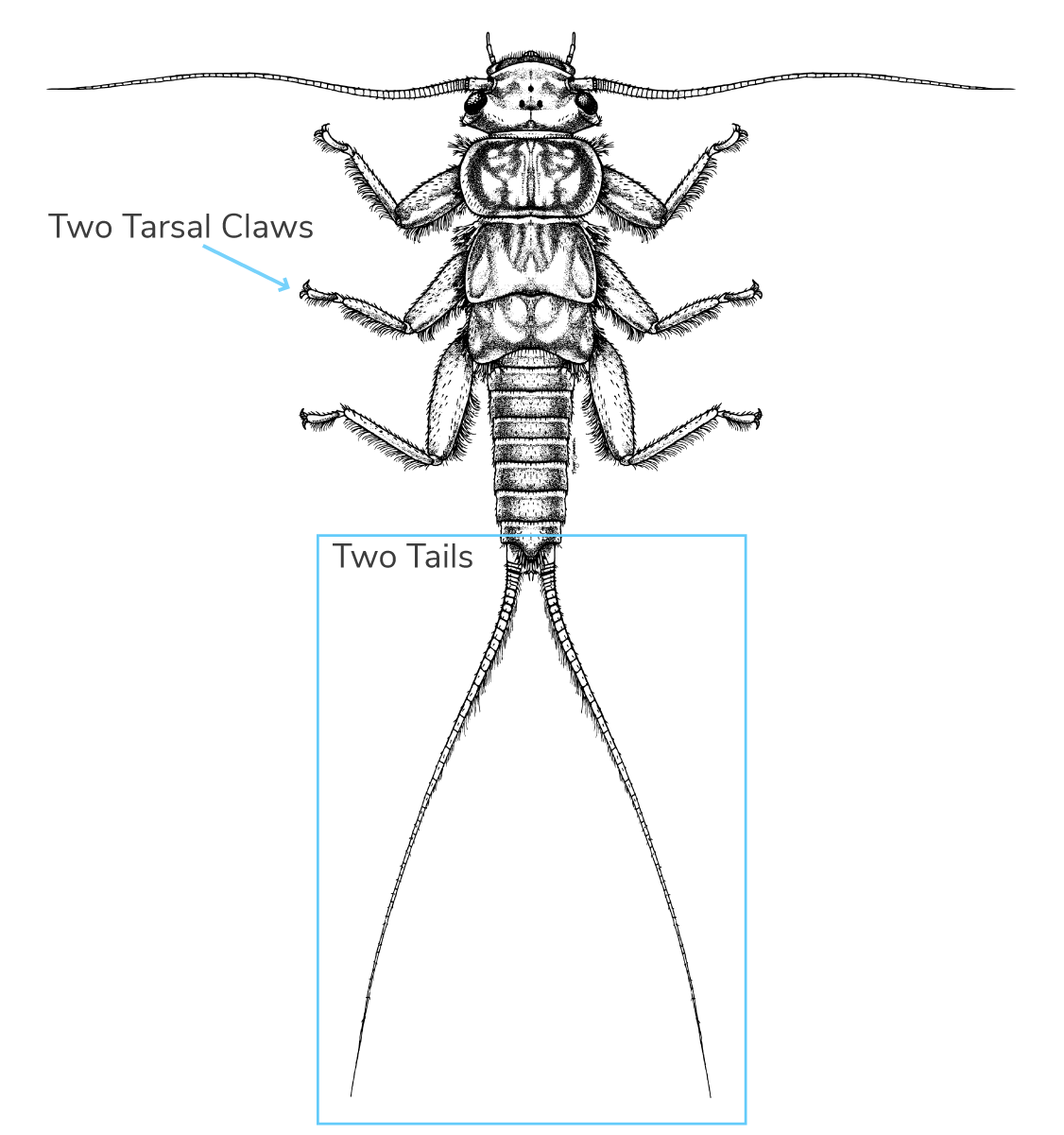


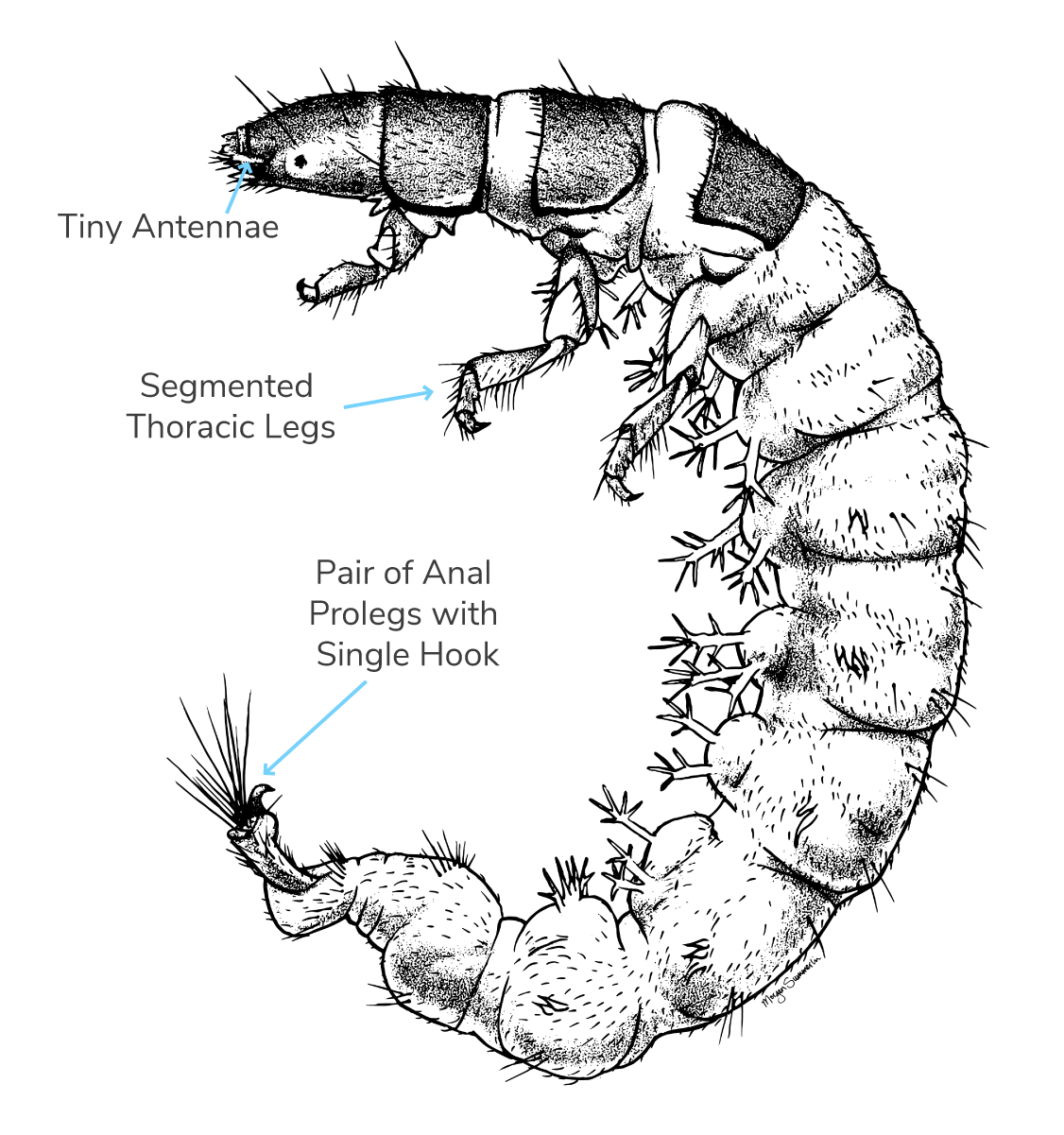

 RSS Feed
RSS Feed
